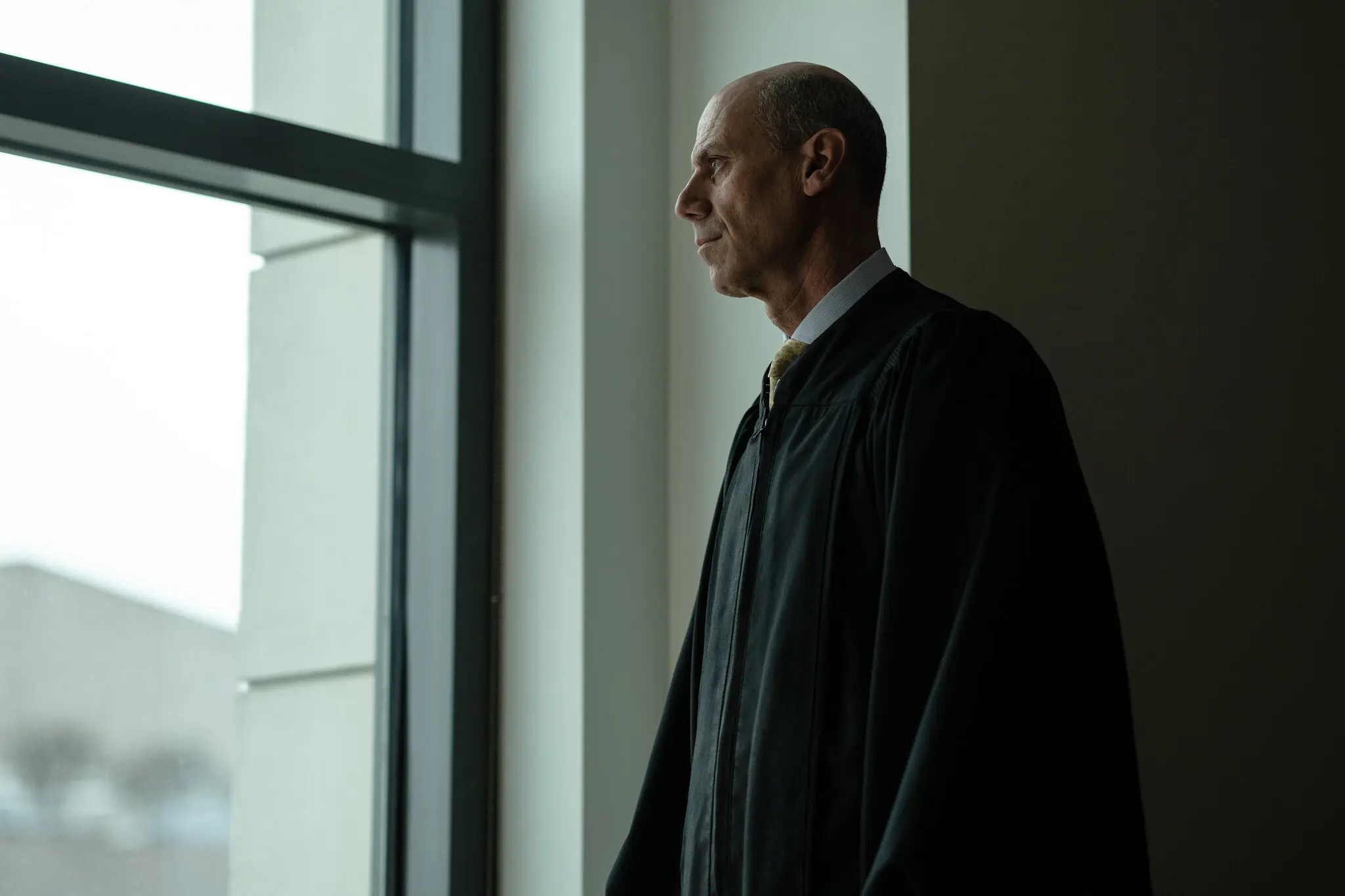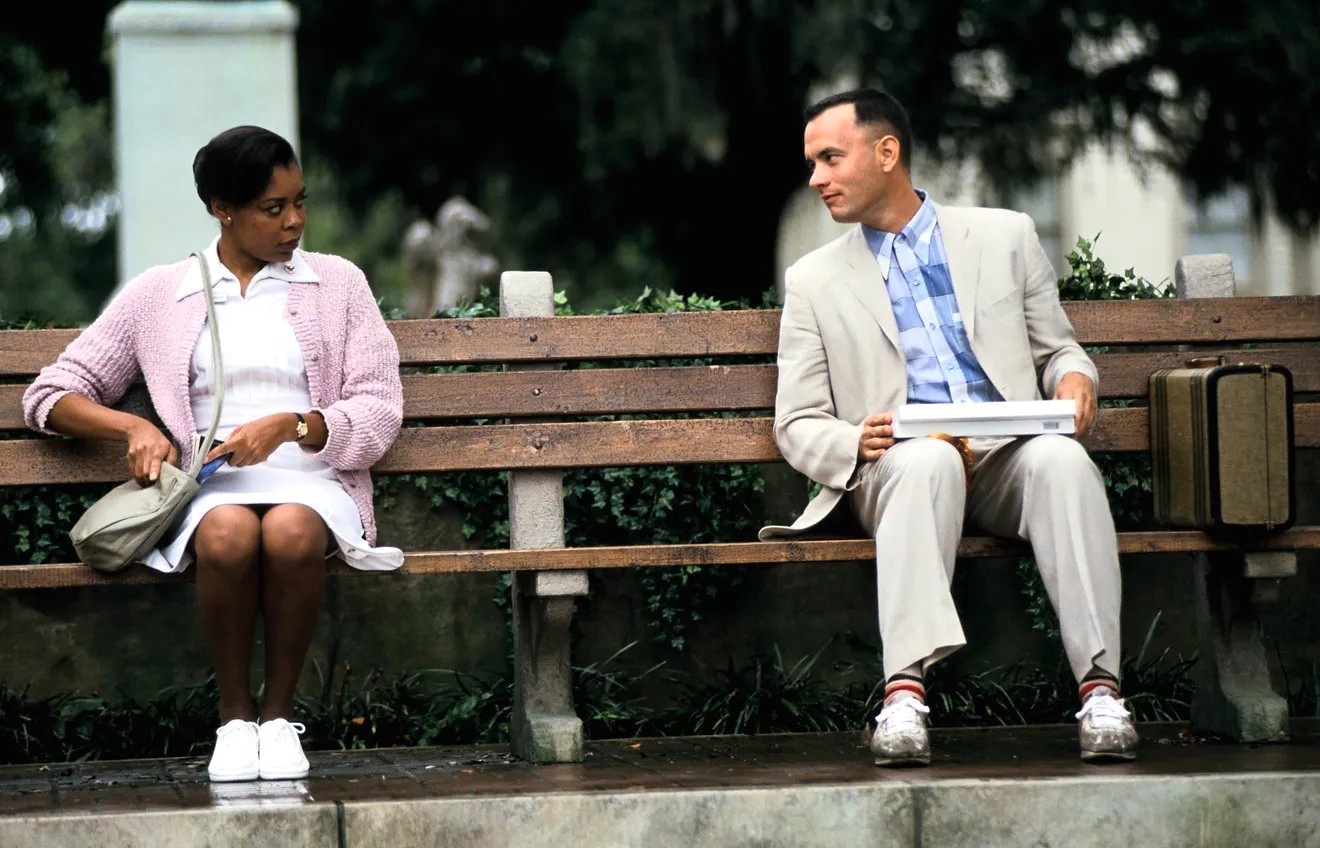Ethical stories surround us every day. While the media tends to focus on the negative, it’s important to acknowledge the positive.

While sitting in a local theater the other night listening to the energetic Disney musical Beauty and the Beast, something jumped out at me; something unexpected.
The opening narration lays out the backstory. “…a young prince… spoiled, selfish, and unkind… [is visited by] an old beggar woman came to the castle and offered him a single rose in return for shelter from the bitter cold.
“Repulsed by her haggard appearance, the prince sneered at the gift and turned the old woman away, but she warned him not to be deceived by appearances, for beauty is found within. When he dismissed her again, the old woman’s ugliness melted away to reveal a beautiful enchantress. The prince tried to apologize, but it was too late, for she had seen that there was no love in his heart, and as punishment, she transformed him into a hideous beast…
“Ashamed of his monstrous form, the beast concealed himself inside his castle, with a magic mirror as his only window to the outside world. The rose she had offered was truly an enchanted rose, which would bloom until his twenty-first year. If he could learn to love another, and earn her love in return by the time the last petal fell, then the spell would be broken…”
About 40 minutes into the show, with an audience full of kids, the Beast roars his displeasure at Belle, the young girl who is his captive, after she refuses to have dinner with him. When he asks why, she replies simply, “You’re rude.”
The kids in the audience all cheer in agreement and the Beast sheepishly sighs.
Belle has valiantly taken the place of her father who was held prisoner by the Beast for daring to enter his castle, partake of some food and sit in the Beast’s throne. (It doesn’t take much to upset this guy.)
When Belle finds her father and is confronted by the Beast, she offers herself as his prisoner in place of the old man. Surprised by her courage, the Beast lets the old man leave and escorts Belle to her new room in the castle. Before closing the door, he demands that she join him for dinner.
During the preparations, the Beast’s many servants – enchanted objects in the castle – all try to convince the Beast that Belle could be the girl to break the spell.
“Impress her with your rapier wit,” says Lumiere, the candlestick.
“Be a gentleman,” implores Cogsworth, the clock.
“But, above all,” they add, “Control your temper!”
While the details of the fairy tale were previously unknown to me (granted, this is the Disney version), I was surprised to discover that the core of the narrative is about, among other things, courage, respect, tolerance, self-restraint and compassion.
Through the course of the story, the Beast learns how to be a gentleman and Belle learns how to look past appearances. In a song that was only recently included in the musical, Belle sings about how the changes in the Beast have resulted in a change in her.
No sooner do the Beast and Belle acknowledge their true, inner selves, then bang, the spell is lifted and the Beast transforms into a handsome prince.
(I told you it was the Disney version.)
But here’s the best part, in spite of all the flash and wiz bang special effects, each lesson learned is actively acknowledged by the kids in the audience. And that is the something that I did not expect.
The power of storytelling can never be underestimated. Whether fiction or fact, they have a way of reminding us of the best we can be.
Oh, and by the way, leaving the crowded theater, I witnessed more than the usual number of gentlemen holding doors open for others.
Lesson learned.
Comments










